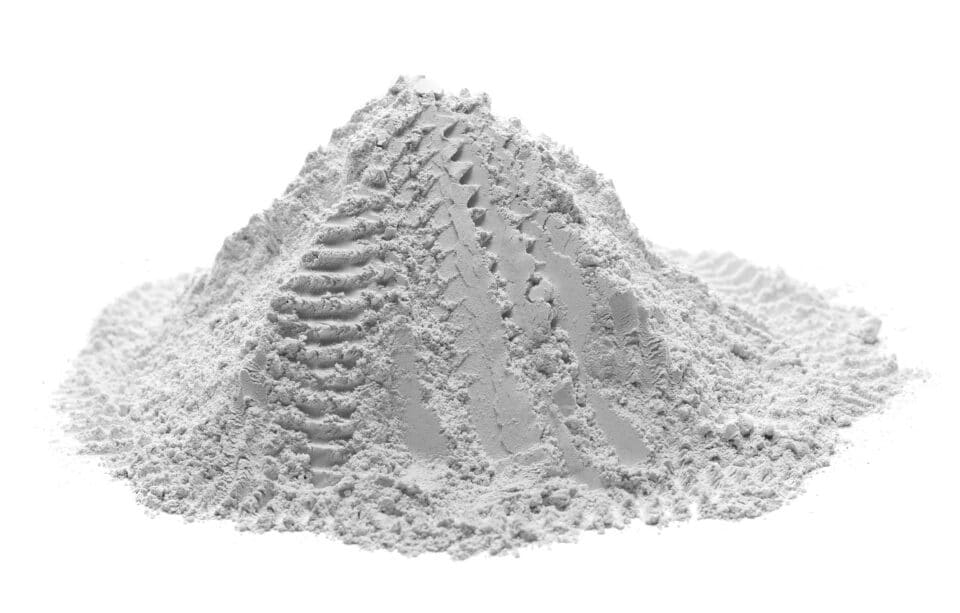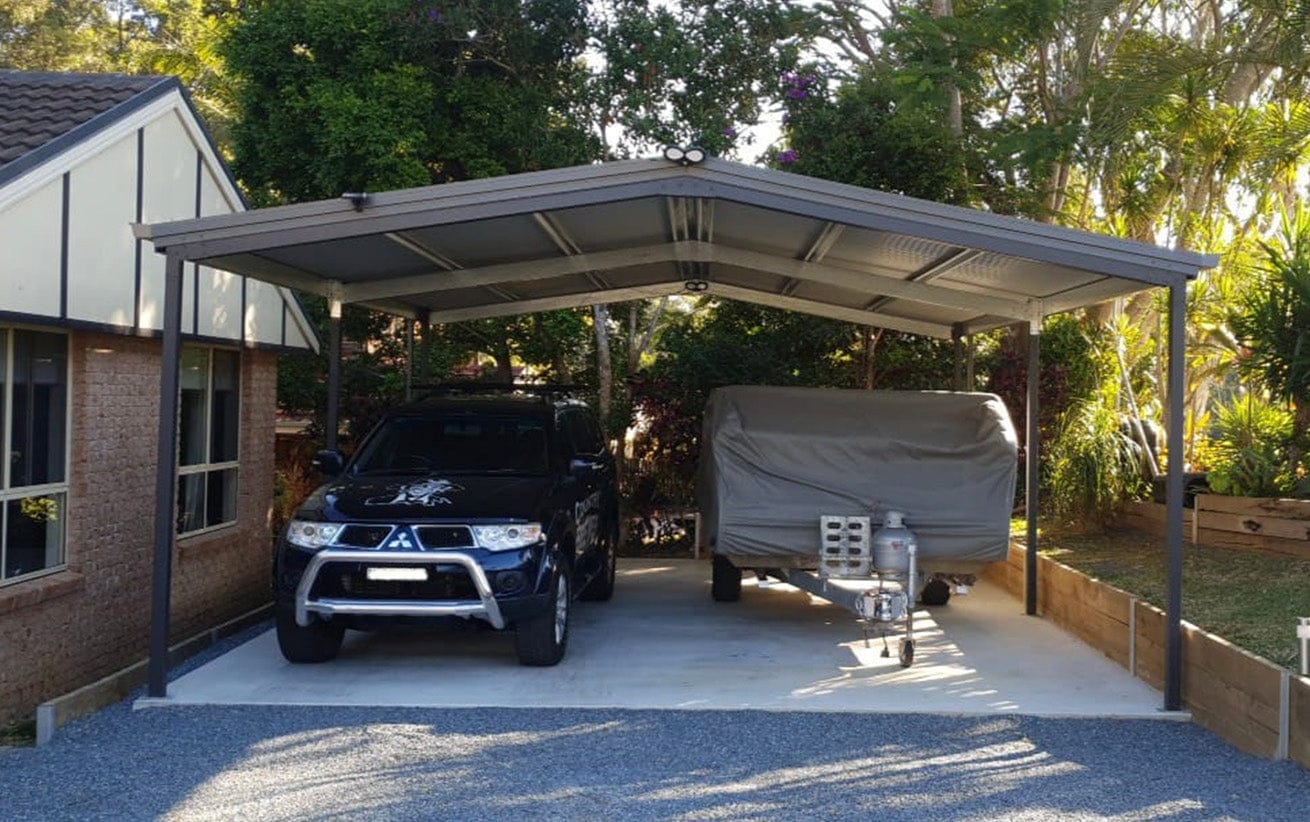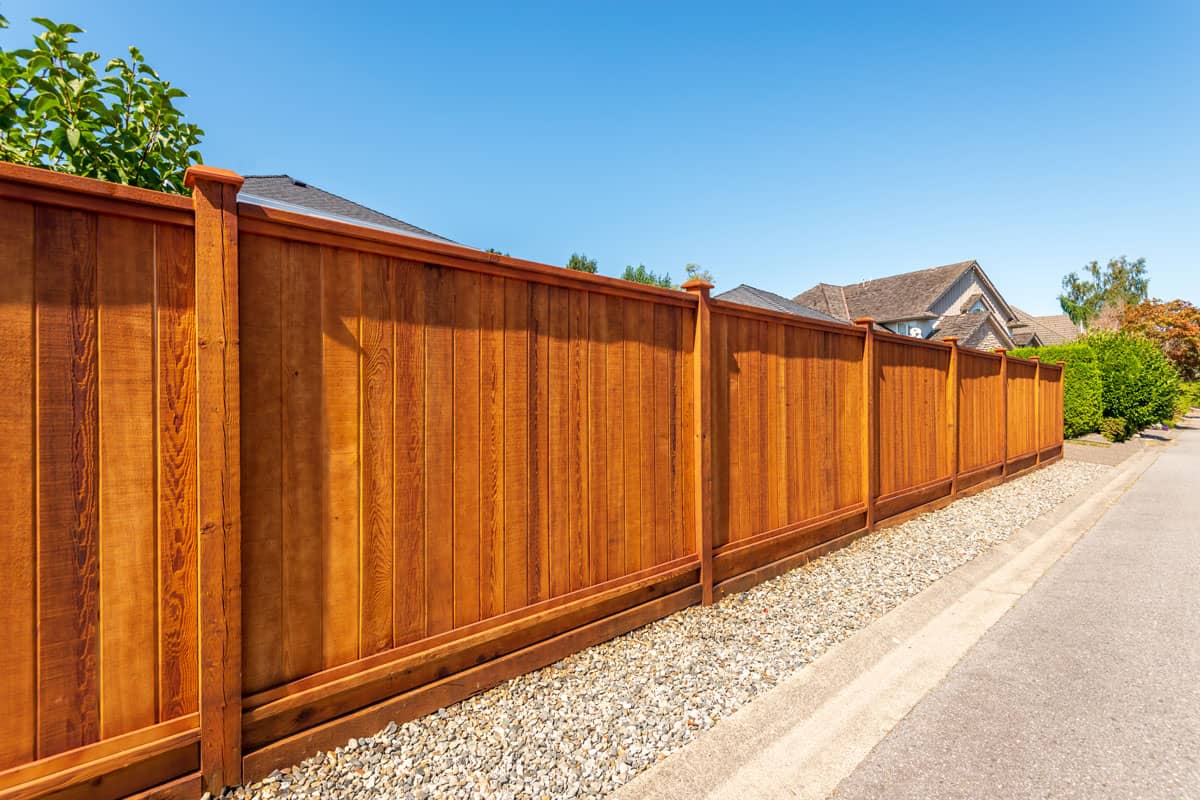The Ultimate Guide to Curing White Cement
Introduction
Curing white cement is a crucial step in ensuring the strength and durability of concrete structures. Whether you’re working on a small DIY project or a large-scale construction endeavor, proper curing is essential to achieve the best results. In this ultimate guide, we will explore the importance of curing white cement, the methods for curing, and tips for achieving optimal results.
Why is Curing White Cement Important?
Curing is the process of maintaining adequate moisture, temperature, and time for concrete to achieve its maximum strength and durability. In the case of white cement, curing is even more critical because the color of the final product depends on it. White cement is used in architectural applications where aesthetics matter, so any discoloration or imperfections can be quite noticeable.
Here’s why curing white cement is essent
Color Preservation:
Proper curing helps maintain the pristine, bright white color of the cement. Inadequate curing can result in discoloration, which can be particularly noticeable in white concrete.
Strength and Durability:
Curing enhances the compressive strength and durability of white cement. This is crucial for ensuring the long-term stability and performance of structures.
Methods for Curing White Cement
There are various methods for curing white cement, each with its own advantages and ideal applications. The choice of curing method depends on factors like the project’s scale, environmental conditions, and equipment availability. Here are the most common methods:
Water Curing:
Water curing involves keeping the white cement surface continuously wet for an extended period. There are a few ways to achieve this:
Ponding:
Create shallow ponds of water on the concrete surface and keep them continuously filled for at least seven days. This method is best suited for small-scale projects and allows for direct control of water depth and duration.
Wet Covering:
Cover the white cement with wet burlap, sand, or other materials to maintain moisture. This is a practical method for larger surfaces and can be applied for a longer curing period.
Membrane Curing:
Membrane curing involves applying a curing compound or membrane-forming material to the white cement surface. These materials create a barrier that retains moisture within the concrete. Here are the types of membrane curing methods:
Curing Compounds:
Liquid curing compounds are sprayed or rolled onto the surface. They form a film that prevents moisture loss. This method is efficient and requires minimal labor.
Curing Blankets:
These are pre-soaked blankets placed over the white cement surface. They are particularly useful for vertical surfaces or areas with limited access to water.
Sealing:
Sealing the white cement surface with a plastic sheet, polyethylene film, or curing paper is another effective method. It traps moisture within the concrete, ensuring proper curing conditions. However, this method is typically used for small-scale applications or specific scenarios.
Tips for Achieving Optimal Results
To ensure that your white cement curing process is successful, follow these tips:
Begin Curing Immediately:
Start curing as soon as the concrete has set sufficiently, typically within a few hours. Early curing is essential to prevent surface drying and cracking.
Keep the Surface Clean:
Before applying curing compounds or membranes, make sure the white cement surface is free from dirt, dust, or any contaminants. Clean surfaces ensure better adhesion and curing effectiveness.
Apply Adequate Moisture:
Ensure that the white cement remains consistently wet during the curing process. Inadequate moisture can lead to discoloration and reduced strength.
Monitor Temperature:
Extreme temperature fluctuations can affect the curing process. Avoid direct exposure to sunlight or freezing conditions during curing. Use shading or insulation when necessary.
Follow Manufacturer Recommendations:
If you are using a specific brand of white cement, curing compounds, or membranes, follow the manufacturer’s recommendations for application and curing duration. They may have specific instructions to maintain the desired color and strength.
Maintain Proper Curing Duration:
White cement requires extended curing to achieve its full potential. In most cases, curing should continue for at least seven days, but it can vary depending on project specifications.
Avoid Traffic:
Keep the cured white cement surface free from foot traffic or heavy equipment during the curing period to prevent damage.
Conclusion
Curing white cement is an essential step in ensuring the longevity and aesthetics of your concrete structures. Proper curing methods, starting early, and following best practices are crucial for achieving the desired color, strength, and durability.
Whether you’re working on a small DIY project or a large-scale construction endeavor, the ultimate guide to curing white cement will help you achieve the best results and ensure that your concrete remains bright and strong for years to come.














